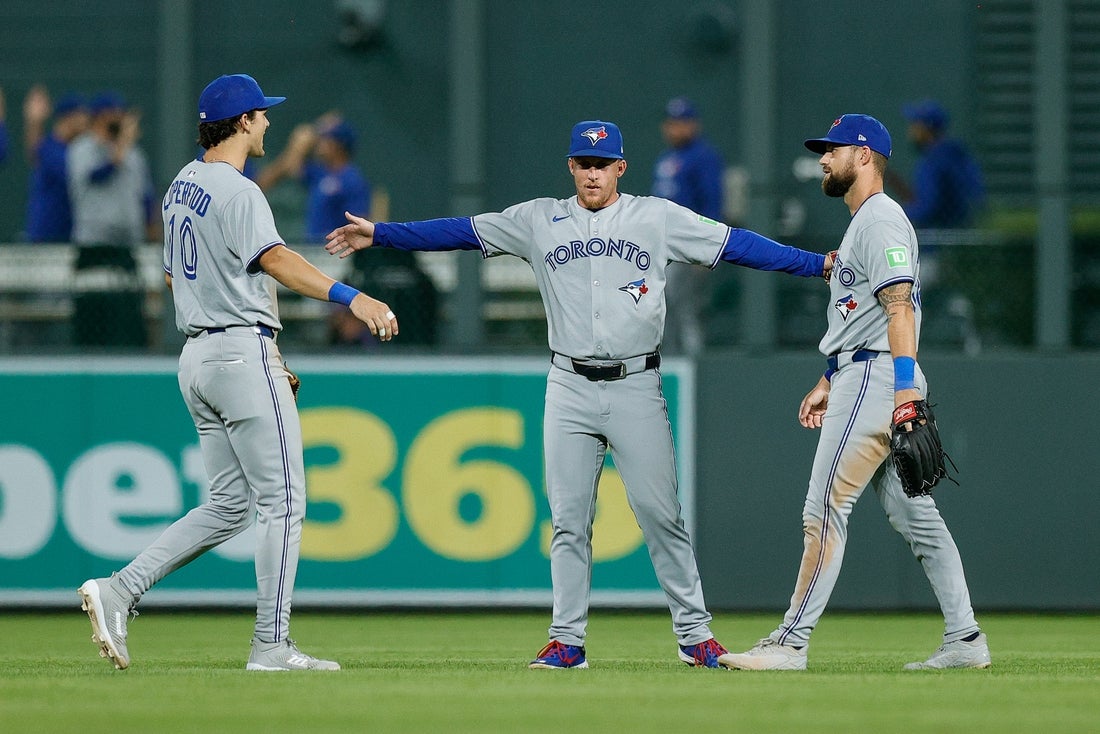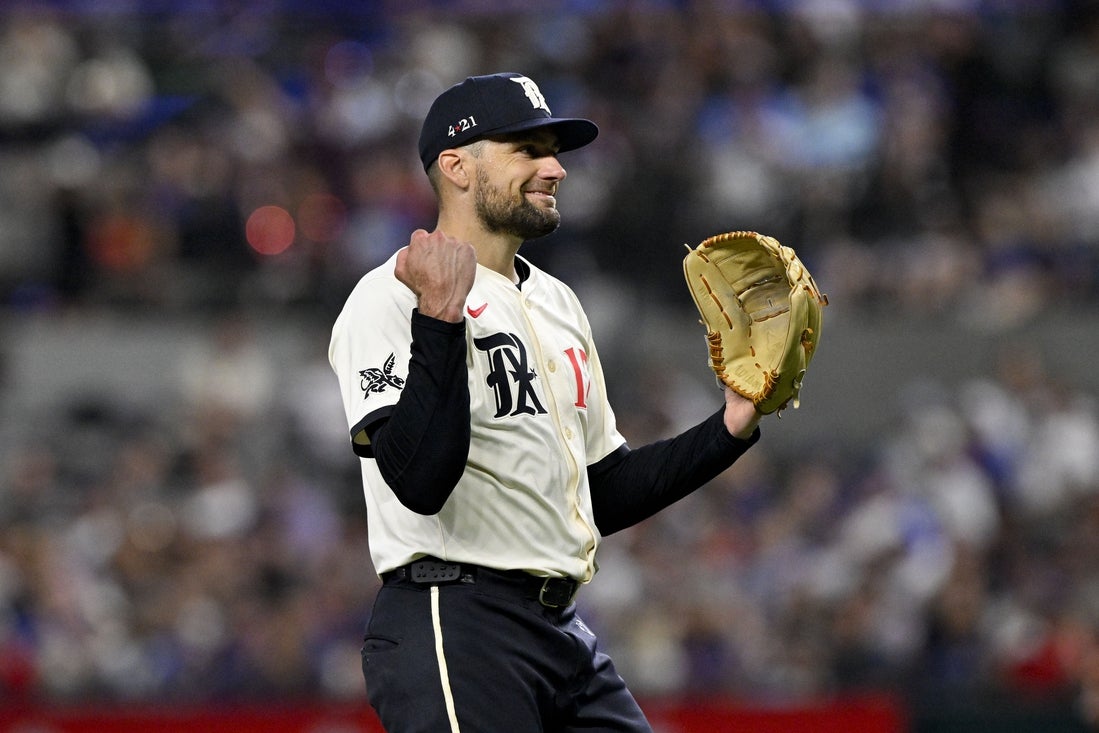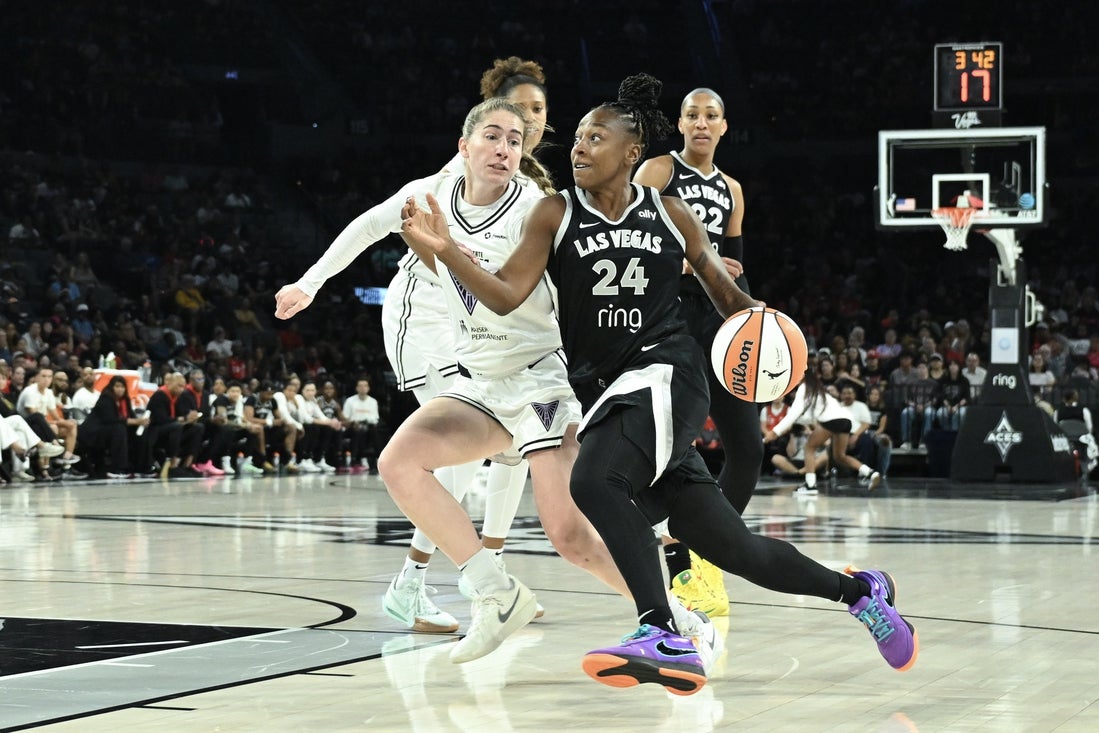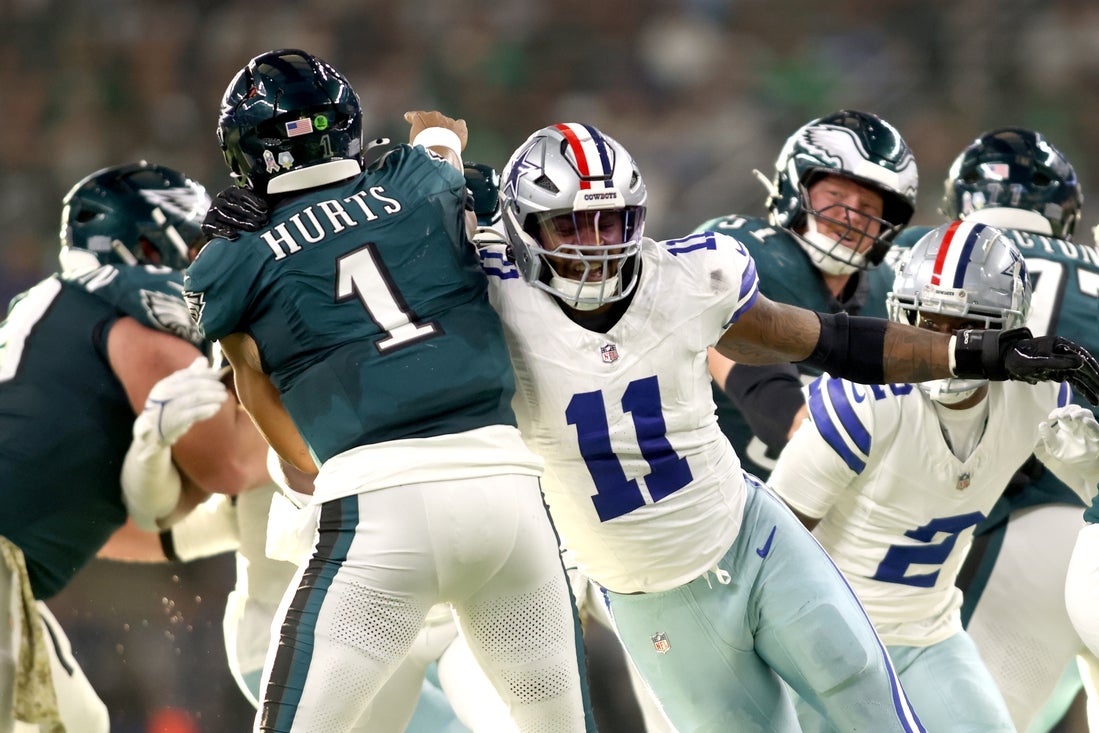No matter how tonight’s All-Star Game unfolds, you are all but guaranteed to read something in the coming days about how bad it was.
But I’m here to tell you, hours before first pitch, that it’s just fine.
That’s not to say the All-Star Game is perfect. Indeed, like the sport itself, there are flaws aplenty. The selection process for a game in which 80 players have been selected and none are named Juan Soto is decidedly messed up.
The All-Star Game is also never going to win the battle between what it used to be and what it is now. Winning is nice, but getting as many players into the game as possible is the more paramount concern. Fifty-nine players saw the field last year, up from 45 in 1984.
League pride was disappearing long before Bud Selig eliminated the American and National League offices. Neither Aaron Boone nor Dave Roberts is going to hold a meeting this afternoon underlining the must-win nature of the contest. Nor, as 16 players opting out of the All-Star Game proved, is anyone remaining going to approach tonight with a Pete Rose-like intensity.
Daily interleague play and the ability to watch any game at any time have also removed the All-Star Game’s mystery and intrigue. Aliens could have landed in my parents’ backyard in Connecticut during an All-Star Game and I wouldn’t have been as flabbergasted as I was seeing the players representing the faraway Mariners, Rangers or Giants. Phil Bradley, Gary Ward and Atlee Hammaker really exist beyond their baseball cards!
All that said, there’s much more right with the All-Star Game than wrong — especially when compared to other sports, none of whom offer anything resembling a traditional competitive game during their all-star showcase.
The NBA All-Star rosters were selected via a fantasy-like draft six times in seven years from 2018 through 2024, a span in which the league also introduced the Elam Ending to determine a winner, before the NBA turned All-Star Weekend into a confusing tournament this February.
Since 1998, there have been more seasons in which the NHL didn’t play an All-Star Game due to conflicts with the Olympics, lockouts or the pandemic (six) than in which they played a traditional East vs. West game (five). The 2026 All-Star Game was canceled after the boisterous success of the 4 Nations Face-Off forced the NHL to reconsider the very idea of an all-star game.
The NFL Pro Bowl, with opt-outs and offense aplenty, alternated between traditional AFC vs. NFC rosters and a fantasy draft format from 2013 through 2021 before morphing into the Pro Bowl Games — a combination of skills competitions and a flag football game — the last three years. It’s as bad as it sounds.
But tonight, you’ll get to see an actual baseball game — rosters selected in a traditional format and nine-man lineups written out by managers who probably had more independence in determining the batting order than they will upon returning to regular-season action Friday.
It’ll be a nine-on-nine clash in which the rules remain basically unchanged. The introduction of the ABS (automated ball-strike challenge system) this year and the possibility of a home run derby determining a winner in extra innings are canceled out by the welcomed return of players wearing their regular-season uniforms instead of some wretched, specially designed American League/National League duds. (Which is an acknowledgment by Major League Baseball that nobody was buying those monstrosities.)
Also welcomed: a truly competitive contest. While the AL has maintained its dominance in the game by winning 10 of the last 11 contests, only one of those games was decided by more than three runs. The teams have combined for eight runs or fewer in 15 of the last 18 games, which has rewarded fans who appreciate old-school pitchers’ duels (albeit ones featuring nearly two dozen hurlers).
And the ratings are still OK, especially in this fractured streaming world. While last year’s audience of a little more than 7.4 million viewers was down by more than half from 2001, it still drew many more eyeballs than any other all-star game and was still the No. 1 prime-time broadcast of the week.
If you still don’t like what you see, fear not, for there’s a good chance we’re looking at the last years of the All-Star Game in its present form. The lockout that is likely to follow the 2026 season could take with it one or two All-Star Games and leave Rob Manfred, the king of bad ideas, looking for a way to tinker with the Midsummer Classic in order to win back fans the sport lost during the work stoppage.
Rosters determined via a fantasy draft? An international format a la the World Baseball Classic? Foul balls with two strikes are an automatic out? A five-inning softball game in which a different streamer carries each inning? (Fox’s broadcast deal runs out after 2028.) Anything is possible, which means you should enjoy nights such as these — imperfect but far better than the alternative — while you can.





